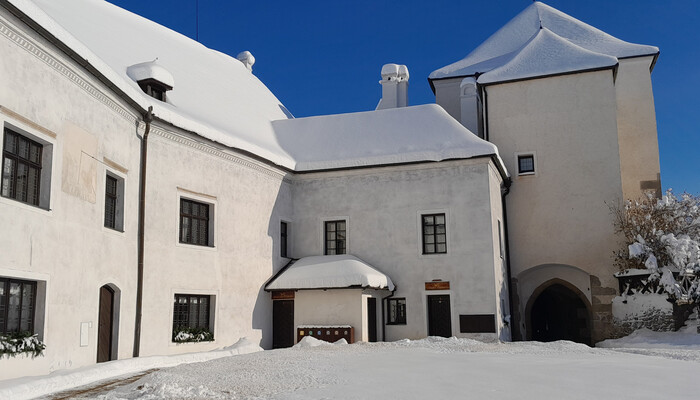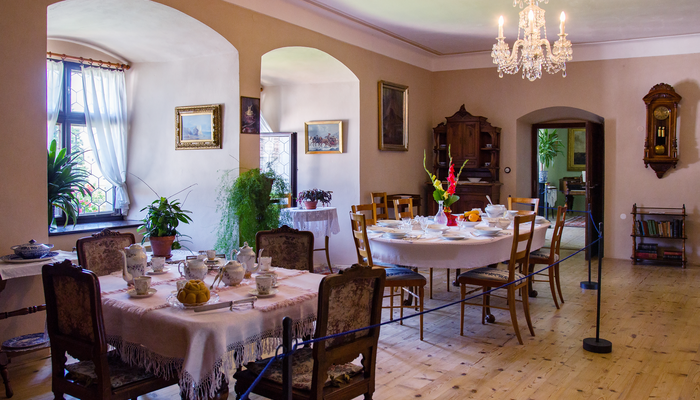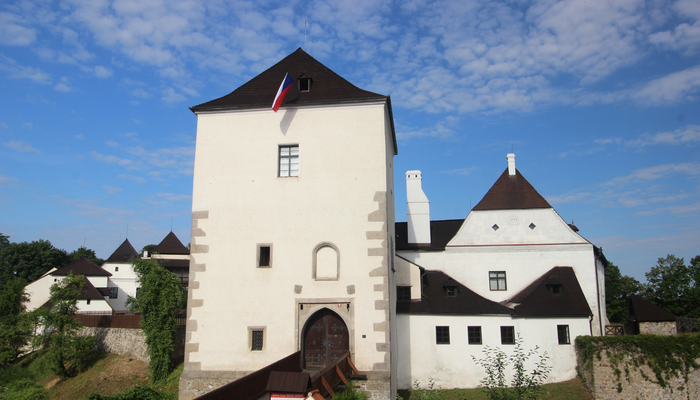Most likely, the moat exists as long as the castle grounds, thus from the second half of the 13th century. It had been adjusted and extended during the first half of the 15th century. Nowadays, the deepest part is under the north-eastern bridge, where the depth reaches 14,5 meters. Under the southern bridge, it is only 10,5 meters deep. The width of the moat is 23 meters.
Many wastes and refuse usually end up at the bottom of castle moats. The experts assume that the former base of our castle moat is two meters deeper than the present one. Those two meters are made of waste collected over the centuries. However, what used to be waste, now becomes a precious source of knowledge and research for archaeologists. Still, excavating the sediment to its original level is not yet planned.
The accounting registers of the burgrave Jan Zúbka in 1390-91 document the existence of the original moat. Inside those registers, there are records about the construction maintenance expenses. During one of the accounting periods, from October 16th to April 23rd, the burgrave recorded the money spent on picking the loose stones from the castle moat. The note mentions payment for two servants picking the stone in the castle moat for three days.
During the second half of the 15th century and the late gothic reconstruction, the moat had enlarged to the size you can see today. The cause of the rebuilding of the fortification has been the formation of the bastions. Although, the castle had lost its military importance in the 17th century, the moat has been maintained, still. Moreover, it has been used as the deer pen, as shown in the 19th-century engraving. The deer used to be kept there until the 1970s.





